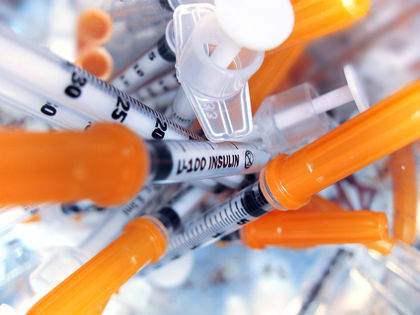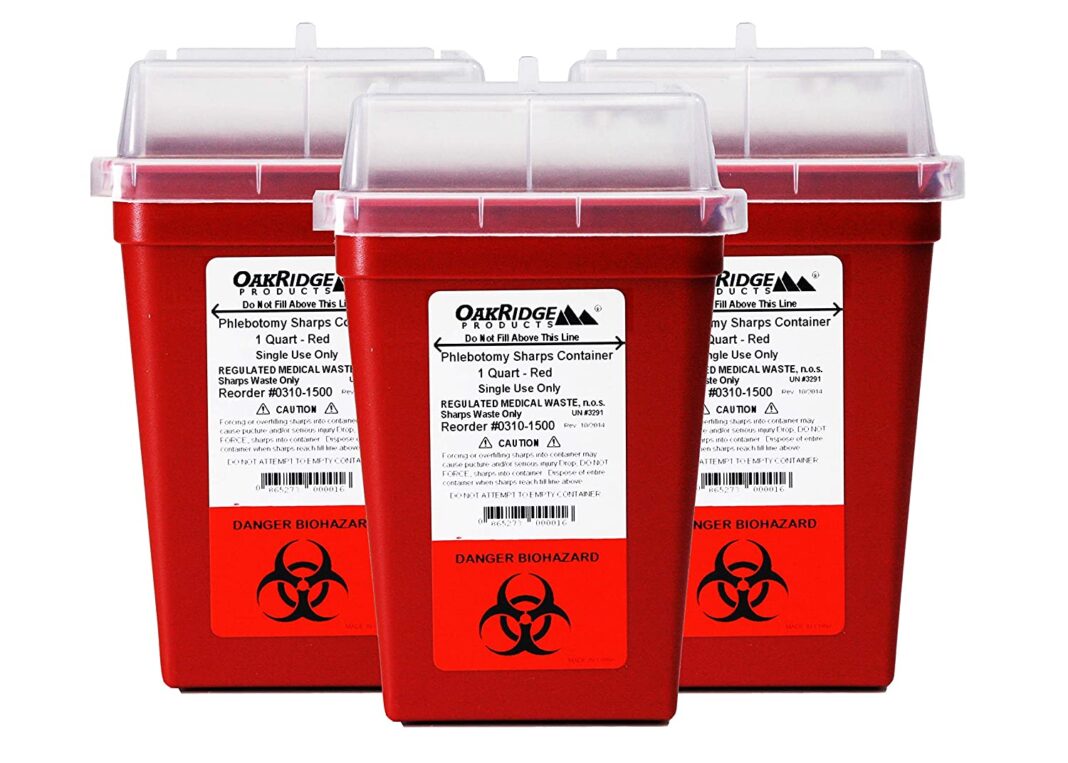
Medicine sharp disposal is a topic that gets little attention, but it should because it’s a touchy subject, both at home and in the office. Why? There’s the issue of medical sharps container disposal and why everyone needs to understand what these things are, how to properly dispose of them, and the inherent challenges they provide.
Both humans and the environment are regarded to be endangered by a significant part of healthcare facility waste. Whatever it is, it may be contagious, radioactive, or just harmful to anything with which it comes into touch. Medical waste disposal protocols must be followed to safeguard both the public and the environment.
Consider the following critical facts while disposing of medical waste:
Medical waste is not created just by hospitals.
When the word ‘medical waste’ is used, the first places to mind are hospitals and health clinics. While hospitals and other healthcare institutions generate most medical waste, they are not the only sources in the environment. Biohazard waste collects in various locations, including funeral homes, jails, dental offices, schools, and tattoo parlors. Many of them lack medical waste disposal containers or utilize them improperly.
Classification of medical waste is required
You may be unfamiliar with several medical waste types. Medical waste should be clearly labeled to avoid confusion. Blood-borne pathogens in medical waste are stored in red bags. They must be thick enough not to rip or leak when handled. Properly labeled closures and labels ‘Sharps’ is another subset. So-called ‘cutting hazards’ are items that may cut or puncture you or a medical waste disposal container. Nail and syringe contamination are standard exposure to damaged capillary tubes, dental wires, and culture slides. An impervious sharps container is required instead of a bag for these items.

















